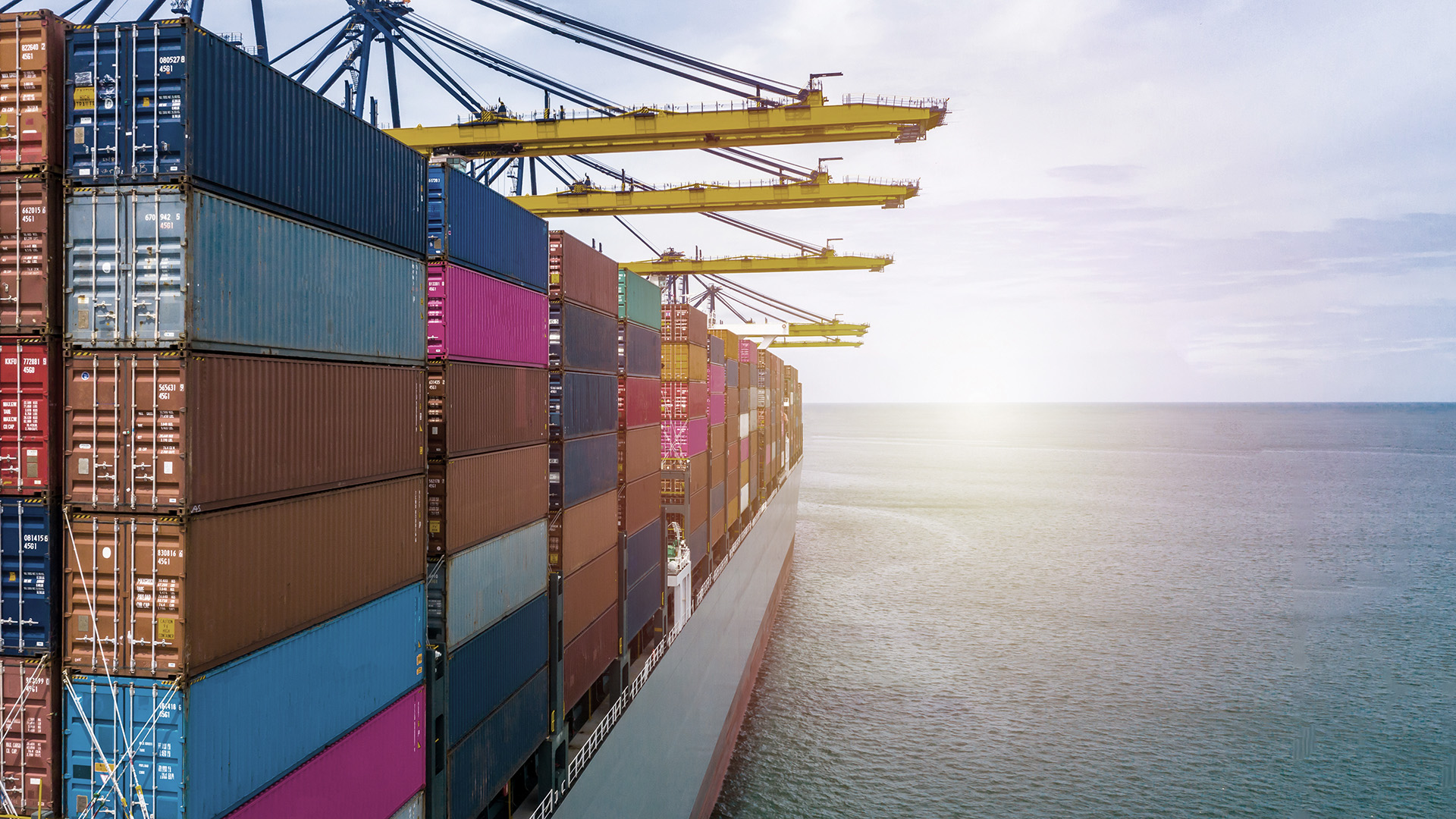June 16th brought news that will have a major impact on the next few years of Finnish wind power production. The Ministry of Finance has circulated its draft legislation for the real estate taxation of wind parks for comments, and the Ministry of Economic Affairs and Employment has published its new report on the health and environmental impacts of wind power. These reports have been long awaited, because the preparation of the technology-neutral subsidy system for renewable energy has been on hold until these reports determine whether wind power can be included in the system. The Ministry of Economic Affairs and Employment just announced that the preparation of the subsidy system can now begin.
Subsidies in Transition
The current feed-in tariff system closes on 1 November 2017, and no new plants will be accepted into the system after that date. Furthermore, only projects that the Energy Authority has already reserved capacity for in a quota decision can still apply for entry into the current system. Payments to plants in the feed-in system will end by the end of the 2020s.
The goal of the national energy and climate strategy published in November of 2016 is that future projects will be implemented on a market basis. Technology-neutral tender processes will be adopted for the transitional period, which will be applied to a total of 2 TWh during 2018–2020. The goal of this decision is to maintain Finnish project expertise during the transitional period. The strategy’s policy is that production subsidies will only be paid to the most cost-effective and competitive renewable electricity investments.
Health and Environmental Impacts of Wind Power
The energy and climate strategy also required that the Ministry of Economic Affairs and Employment carry out an independent and comprehensive study of the health and environmental impacts of wind power before drafting the new legislation concerning subsidies.
The Ministry commissioned two studies, which have now been published. The studies concluded that negative impacts on the environment and health can be minimised through good land use planning and the correct location of wind turbines correctly.
The first report deals with the effects of the noise generated by wind turbines on human health. The study was carried out by VTT Technical Research Centre of Finland, the Finnish Radiation and Nuclear Safety Authority, the National Institute for Health and Welfare, the University of Helsinki and the Helsinki Ear Institute. It focused particularly on the effects of infrasound produced by wind turbines. According to the report, the infrasound levels measured near turbines correspond to levels measured in cities. To date, there is no scientific evidence that these levels of infrasound in these environments would have direct health effects, but the researchers were of the opinion that further studies of the long-term effects of infrasound are warranted.
The second report assessed the effects of wind turbines on bird and bat populations. Based on an assessment by the Finnish Museum of Natural History, further construction of wind power is unlikely to pose a significant threat to bird or bat populations, provide that the turbines are located in areas with low population densities and minimal likelihood of collisions. However, long-term monitoring and additional studies would be needed particularly for bats.
A follow-on study of the health effects of wind power will start in the autumn. This new study will focus on the link between wind turbines and the health of nearby residents, the effects of infrasound and the sound levels caused by wind turbines inside homes. If the follow-on study reveals needs to alter the regulations concerning the location of wind turbines, those changes will be enacted by the end of 2019 at the latest.
Wind Farm Taxation
In its bill for the new Real Estate Tax Act, the Ministry of Finance has proposed that municipalities could, in certain circumstances, tighten the taxation of wind farms. Currently, wind power plants with a nominal capacity of no more than 10 megavolt amperes are subject to the general real estate tax rate, which municipalities can set between 0.93% and 1.80%. Wind power plants with a nominal capacity of over 10 megavolt amperes are subject to the tax rate for power plant buildings and structures, which can be a maximum of 3.10%.
According to the proposed amendment, the method for calculating nominal capacity would be changed so that the 10 megavolt ampere threshold would be calculated from the total nominal capacity of all turbines connected to the grid via the same connection point. The provision would be applied to all plants, regardless of the manner in which they produce electricity. The amendment would affect wind farms that are currently subject to the general tax rate, but that have an aggregate nominal capacity that exceeds the 10 megavolt ampere threshold provided for in the act. Wind farms exceeding the threshold could be subject to a maximum real estate tax rate of 3.10%.
The new act is intended to be first applied in real estate taxation for the year 2018.




